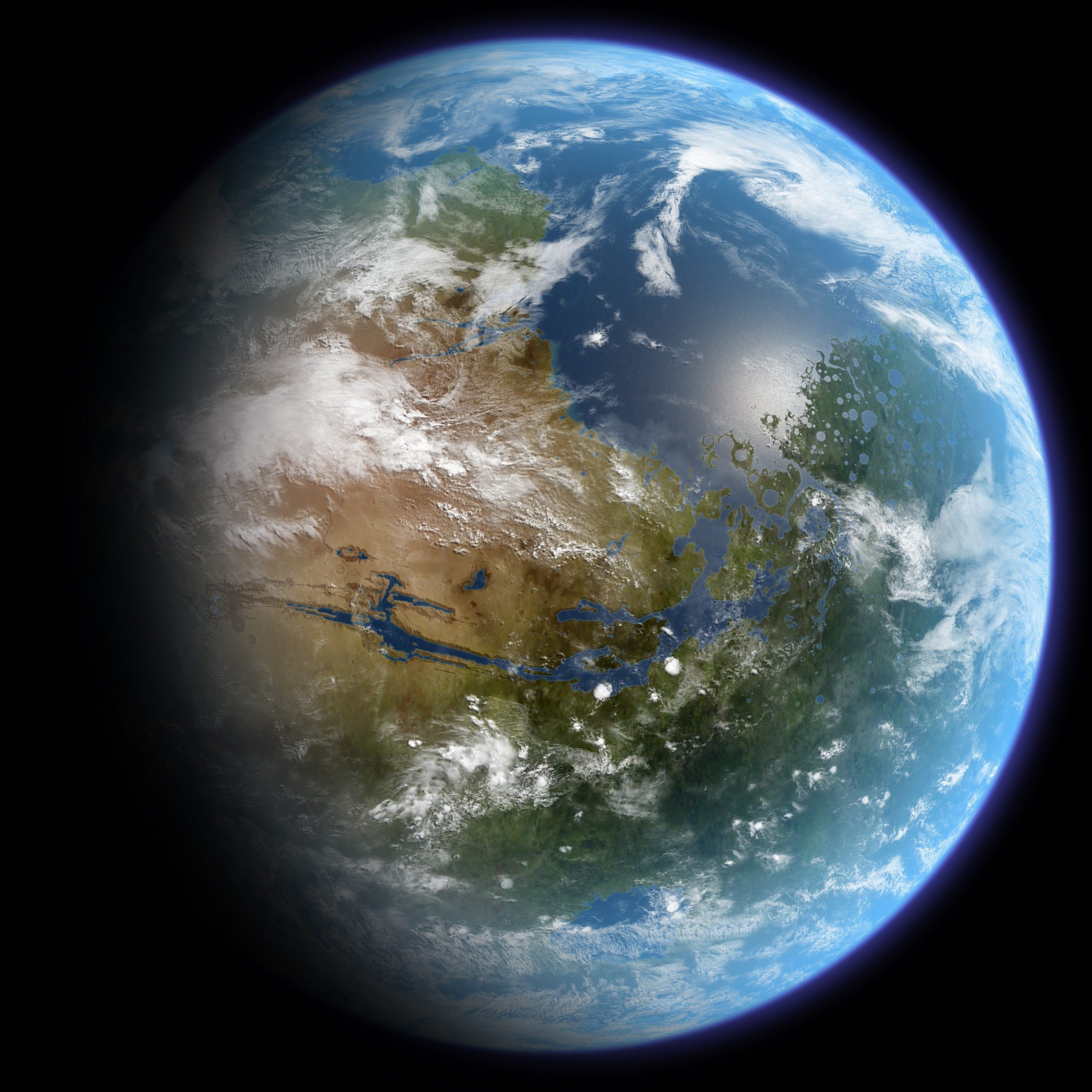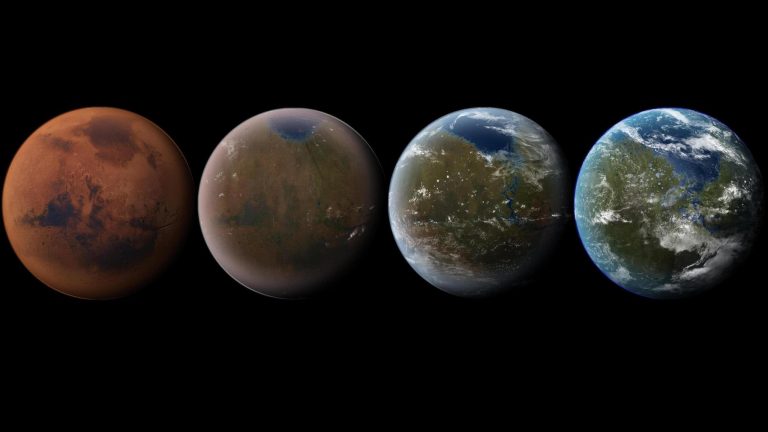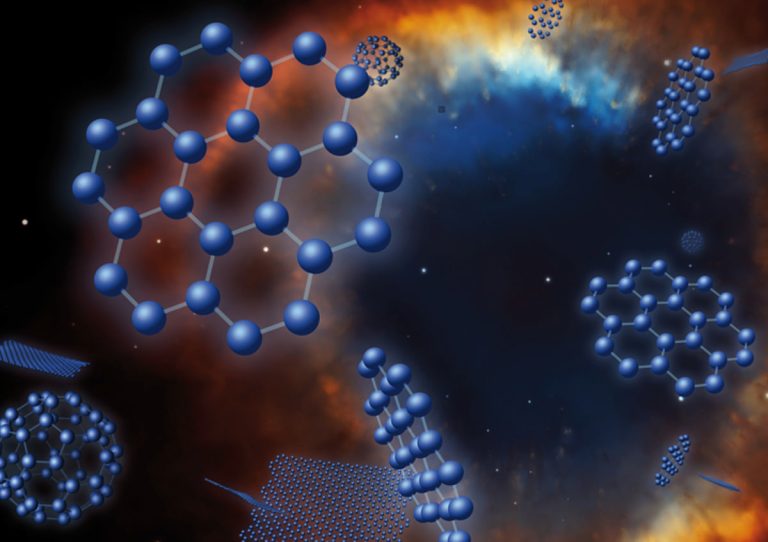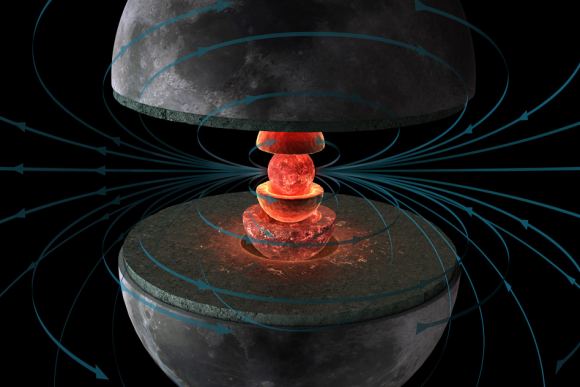Innovative Terraforming Techniques to Rapidly Warm Mars for Human Habitation
Terraforming Mars to create a more Earth-like environment is a long-term goal of space exploration. One of the first critical steps is warming the Martian atmosphere, which could eventually lead to a thicker atmosphere and melting of the polar caps. A recent study proposes a novel method of warming Mars using nanoscale aerosols made of graphene and aluminum. This method, if proven effective, could be a significant first step in making Mars more hospitable for human life.
Summary
- Recent studies suggest using graphene and aluminum aerosols to warm Mars’ atmosphere.
- This is one of the first proposed methods of terraforming Mars.
- Warming Mars’ atmosphere will help melt the polar ice caps and release water vapor.
- The melting ice will also release carbon dioxide, further warming the planet.
- Proposed techniques for increasing Mars’ temperature include adding CFCs, methane, or ammonia to the atmosphere.
- Warming the atmosphere will thicken it, bringing it closer to Earth-like conditions.
- Melting the ice caps could result in 300 millibars of atmospheric pressure, enabling humans to survive without a pressure suit, though still needing warm clothing.
- Researchers from Aeolis Research, NASA’s Jet Propulsion Laboratory, and other institutions have contributed to the study.
- The University of Chicago’s Edwin S. Kite led the groundbreaking research.
- The next step in the process involves creating bioregenerative life support systems (BLSS) for humans to live sustainably on Mars.
- Various theories and proposals have been made for warming Mars, with each method requiring massive resources.
- Researchers agree that the process of terraforming Mars will take many years and require innovative technologies.

Introduction
Multiple plans exist to explore Mars in the coming decades using robotic and crewed missions. The ultimate goal of these missions is to determine whether human beings could actually live there someday. This requires access to building materials, water, cutting-edge manufacturing technology, and closed-loop habitation systems with bioregenerative life support systems (BLSS). Basically, future settlers will need to create conditions that mimic Earth’s self-sustaining ecological systems – essentially, we need to “take Earth with us” to other planets.
In the long term, these efforts could extend to the entire planet in an effort to make Mars “Earth-like.” This process is known as “terraforming,” and many proposals have been made over the past 50 years. In a recent study, an interdisciplinary team presented a novel way to warm up Mars’ atmosphere using nanoscale aerosols of graphene and aluminum. Their findings indicate that Mars’ atmospheric dynamics and radiative processes make engineered aerosol warming possible, which could constitute the first step in terraforming the planet.
Research Overview
Edwin S. Kite, an associate professor at the University of Chicago and a member of the Curiosity rover’s science team, led the study. He was joined by researchers from the planetary science research Aeolis Research, Northwestern University, the University of Central Florida, the MIT Haystack Observatory, the European Centre for Medium-Range Weather Forecasts (ECMWF), and NASA’s Jet Propulsion Laboratory. The paper describing their findings was presented at the 2025 Lunar and Planetary Science Conference.
The study suggests using nanoscale aerosols made of graphene and aluminum to warm Mars’ atmosphere. Graphene is a single layer of carbon atoms arranged in a two-dimensional lattice, and it is known for its ability to absorb sunlight and heat up when exposed to solar radiation. By dispersing these aerosols into the Martian atmosphere, they could absorb more sunlight, thus increasing the temperature of the atmosphere.
This study, presented at the 2025 Lunar and Planetary Science Conference, is one of the first to propose this method. It highlights how Mars’ unique atmospheric dynamics could make engineered aerosol warming feasible. The concept of using aerosols in this way could offer a scalable and efficient method to kickstart the terraforming process on Mars.
Steps to Terraform Mars
When it comes right down to it, the process of terraforming Mars consists of three interconnected steps:
1. Warming the Atmosphere
The first step, as we’ve discussed, is to increase the temperature of Mars’ atmosphere. Warming the planet would lead to the melting of ice caps and the release of gases like carbon dioxide, further enhancing the greenhouse effect. This is crucial for jumpstarting the terraforming process.
2. Thickening the Atmosphere
Once the temperature increases, the next goal is to thicken the atmosphere to a point where it can support human life. Mars’ current atmospheric pressure is too low for humans to survive without spacesuits. Scientists aim to increase the atmospheric pressure to at least 300 millibars, or 30% of Earth’s sea-level pressure. This would allow humans to walk outside with just warm clothing, though they would still need oxygen tanks.
3. Melting the Polar Caps and Permafrost
The final step in the terraforming process would be to melt Mars’ polar ice caps and permafrost. As the ice melts, it will release water into the atmosphere and onto the surface. Additionally, dry ice (frozen carbon dioxide) in the ice caps will sublimate, releasing carbon dioxide and further thickening the atmosphere.
Potential Methods for Warming Mars
Many methods have been suggested over the years for warming Mars. These include:
- Low albedo materials: Spreading dark-colored materials over the polar caps to absorb more sunlight.
- Chlorofluorocarbons (CFCs): Filling the atmosphere with chemicals that trap heat.
- Methane or ammonia: Introducing gases that would create a stronger greenhouse effect.
- Carbon dioxide harvesting: Importing carbon dioxide from other planets, like Venus, to thicken Mars’ atmosphere.
The Importance of Warming Mars’ Atmosphere
Mars has a thin atmosphere, mainly composed of carbon dioxide, with very little oxygen or nitrogen like Earth’s. This makes the planet cold, with an average surface temperature of about -60°C. If we are to consider human colonization of Mars, this cold atmosphere presents a significant obstacle. A warmer atmosphere would allow for liquid water to exist on the surface, which is essential for human life.
The warming process would have multiple stages. First, scientists need to increase the temperature of the atmosphere. This could eventually lead to the melting of the polar ice caps, releasing water and carbon dioxide. Once the atmosphere thickens, the pressure would increase, making it more hospitable for human life. But how can this be achieved? Several proposals have emerged over the years, each with its own set of challenges and benefits.
The quest to increase Mars’ temperature is a complex and multifaceted challenge that involves innovative scientific research and technological advancements. As we continue to explore Mars and develop our understanding of its environment, the dream of terraforming the planet may one day become a reality.



